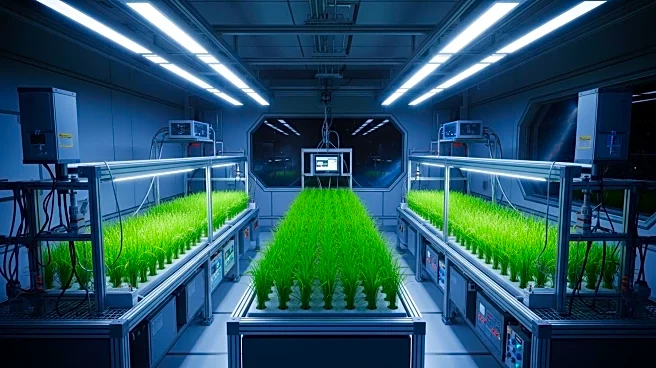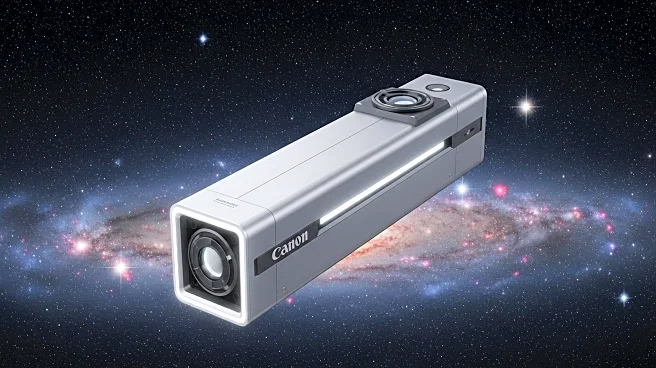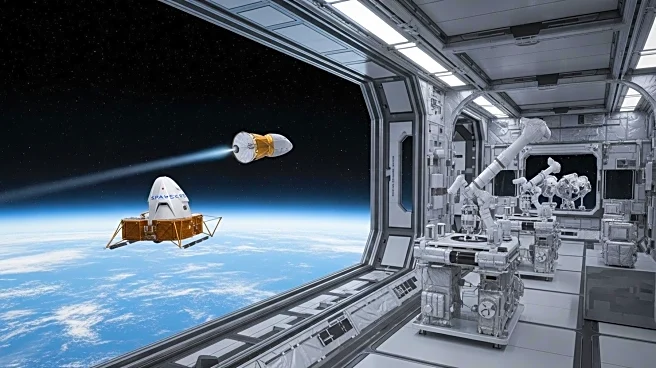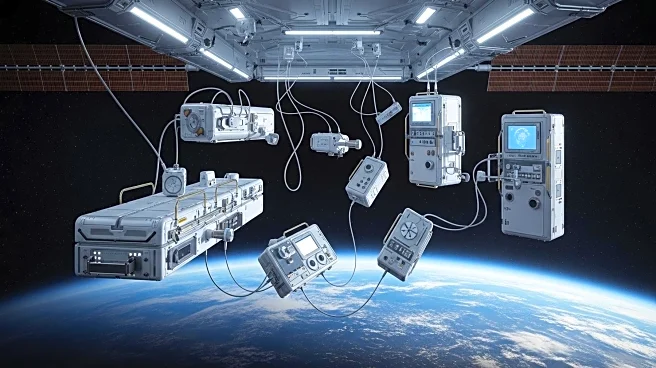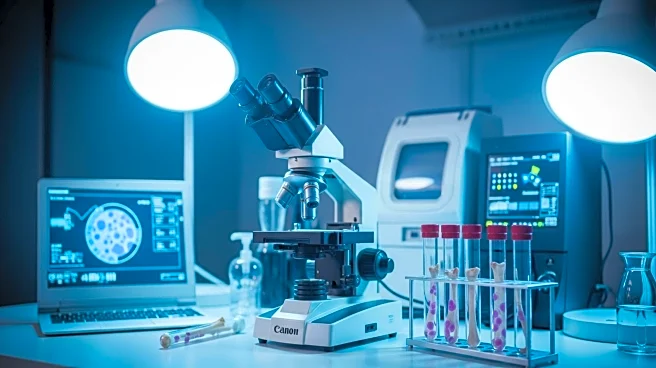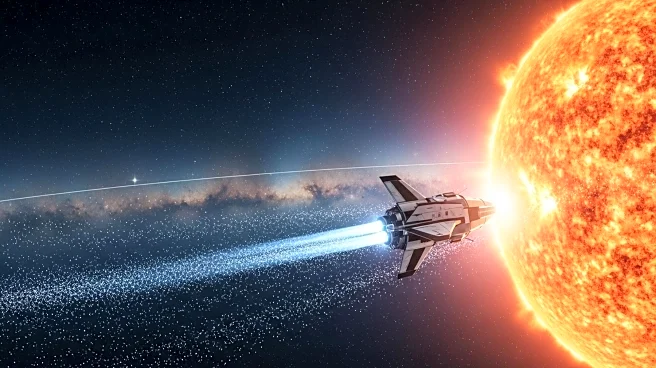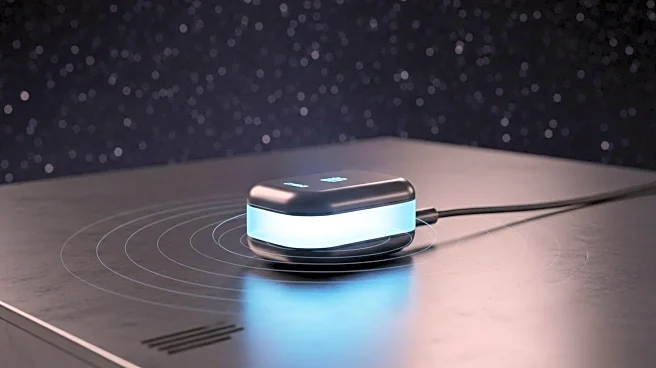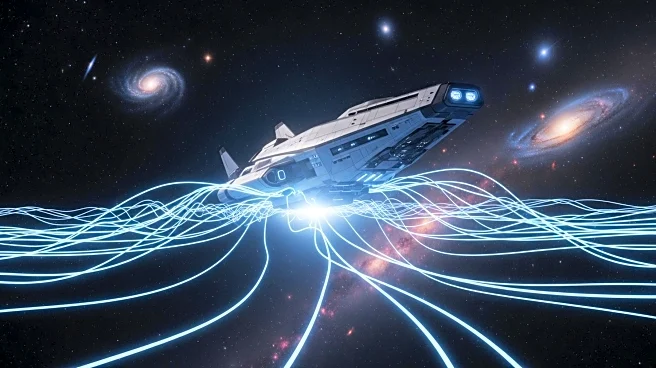What is the story about?
What's Happening?
The Italian Space Agency, in collaboration with three universities, has developed a super-dwarf rice plant, known as Moon-Rice, designed for space agriculture and extreme Earth environments. This 10-centimeter rice plant is engineered to thrive in confined spaces, providing fresh food for long-duration space missions and reliable crops for harsh environments like polar outposts and arid deserts. The project utilizes advanced genetic techniques, including CRISPR-Cas edits, to enhance the plant's nutrient density and adaptability to microgravity conditions. The initiative aims to address the challenges of providing fresh, nutrient-rich food in space and resource-scarce areas on Earth.
Why It's Important?
The development of Moon-Rice represents a significant advancement in space agriculture and sustainable food production. By creating a plant that can grow in limited space and harsh conditions, the project addresses critical challenges in long-duration space missions, where fresh food is essential for astronaut health. Additionally, the technology has potential applications on Earth, particularly in regions with limited agricultural resources. This innovation could reduce reliance on resource-intensive foods and contribute to food security in extreme environments, aligning with global efforts to develop sustainable agricultural practices.
What's Next?
The Moon-Rice project is on a four-year timeline, with ongoing trials to test the plant's performance under simulated microgravity and spaceflight conditions. If successful, the technology could transition from space labs to mainstream controlled-environment agriculture on Earth. The project's progress will be closely monitored by the scientific community, with potential implications for future space missions and sustainable agriculture initiatives. The Italian Space Agency and its partners will continue to refine the plant's genetic and physiological traits to maximize its productivity and nutritional value.
AI Generated Content
Do you find this article useful?
